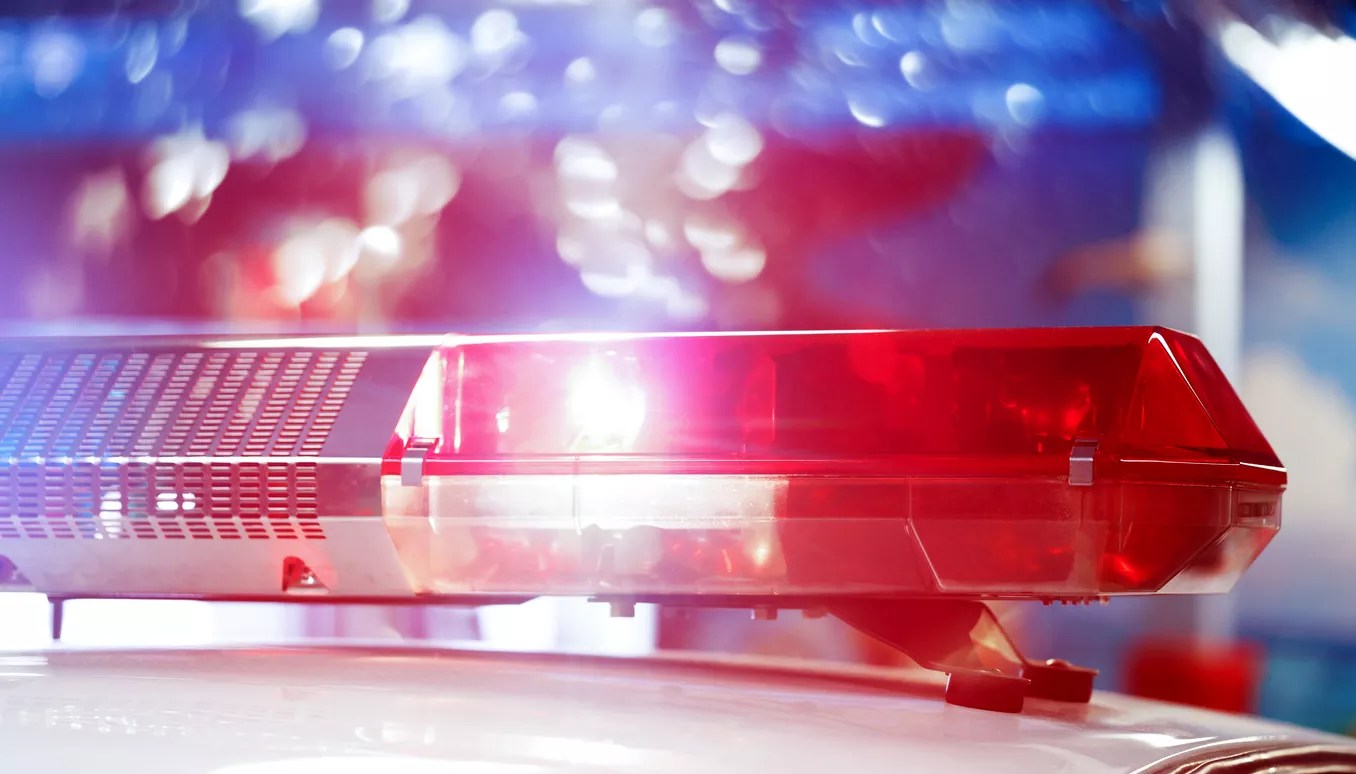
iStock/DallasO75219

Audio By Carbonatix
Just before 10 p.m. on April 19, someone placed a 911 call about a structure fire at an apartment building in the 9600 block of Forest Lane. It took nearly six minutes for the city’s 911 call center to assign a crew to put out the blaze. The crew arrived about three minutes later, but two dozen units were destroyed, displacing about 100 residents at the Forest Hill Apartments. No one was injured or killed.
One of the residents, Jneice Howard, told WFAA that she’d lost everything. “When I came out all I saw was smoke everywhere,” Howard said. She also said the apartment above hers seemed to collapse onto her unit, destroying most, if not all, of her belongings.
“I don’t have anything,” Howard said. “Nothing to my name now.”
The long wait time prompted an internal investigation into the incident that found several errors in the city’s response. These errors, as well as several recommendations to prevent such a long response time in the future, were detailed in an April 29 memo from Deputy City Manager Jon Fortune.
We’re thankful for you. Are you thankful for us?
We feel thankful for our staff and for the privilege of fulfilling our mission to be an unparalleled source of information and insight in Dallas. We’re aiming to raise $30,000 by December 31, so we can continue covering what matters most to this community.
Help us continue giving back to Dallas.
The problems started almost as soon as the call for help came in.
The 911 dispatcher took the call about a structure fire and then tried to transfer it to Dallas Fire-Rescue. But DFR was inundated with calls, and the dispatcher was unable to complete the transfer. That’s when they tried again to dispatch someone to the fire, but they entered the wrong code. Then, the call was mistakenly put in the waiting queue usually designated for lower-level calls, contributing to further delays.
“I don’t have anything. Nothing to my name now.” – Jneice Howard, resident
From there, a feature in the computer-aided dispatch system made matters worse. This sent a notification to dispatchers that the incident was in close proximity to another active call. This led the dispatcher to add the structure fire to an active medical call at a different location in the same area.
When that medical call at the other location was cleared, the fire call was cleared too. According to the memo, this “caused the incident to disappear from the list of active incidents.” The disappearing fire call was noticed by a DFR dispatcher who reopened the incident.
Shortly after that is when a first alarm fire response was finally dispatched to the scene. It wasn’t until 9 minutes after the initial 911 call that a fire crew showed up. It wasn’t until early the next morning that they got the blaze under control. According to the department, 87% of structure fires get an on-scene response from DFR within five minutes and 20 seconds of the initial 911 call.
The recommendations from city management essentially said more training would be provided to dispatchers. The memo also said DFR would “improve procedures” and “create procedures to include 100% quality assurance review of all multiple alarm fires.”
Asked if the department feels this was an isolated incident, DFR spokesperson Jason Evans said, “The department will not be fielding any additional questions regarding this matter.”
In the memo, Fortune said, “While there were errors and delays in the processing of this call, I am confident this is an isolated event and the planned quality assurance actions will allow the citizens of Dallas to continue to place their trust in the emergency service provided by the 911 Call Center and Dallas Fire-Rescue.”